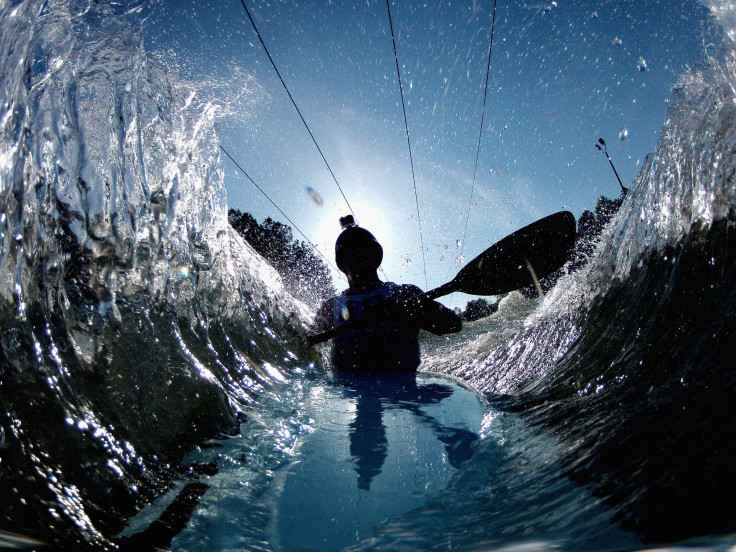Naegleria Fowleri Facts: Family Of Ohio Teen Sues Water Park For Harboring Brain-Eating Amoeba

The family of Lauren Seitz, the 18-year-old teenager from Ohio killed in 2016 by a brain-eating amoeba, Naegleria fowleri, after rafting at the National Whitewater Center, sued the water park Monday seeking $1 million in damages. According to the suit filed on Seitz's first death anniversary, the Charlotte water park showed “conscious disregard for the safety of visitors,” Charlotte Observer reported.
Following Seitz's death, the water park shut down the whitewater channel where Seitz rafted for two months. After a federal epidemiologist found the inbuilt filtration and disinfection system of the water park was inept in properly cleaning the facility’s waters, the park had changed its filtration system. The Centers for Disease Control and Prevention also detected presence of the amoeba in the park water samples to be at alarming levels.

Expressing concerns over hygiene in the park, an employee had written to the county commissioner that even the raft instructors frequently contracted infections due to the poor quality of the waters.
Read: Can Caffeine Kill You? South Carolina Teen Dies From Drinking Caffeinated Drinks
Naegleria fowleri, the single-cell amoeba which causes a rare and aggressive brain infection, was first reported in Broward County in Florida. The amoeba has been typically found in lakes, rivers, unhygienic swimming pools, hot springs and hot water heaters in the southern states. Its common occurrence was also one of the water park's defense points following Seitz’s death.
However, the prosecution cited scientific reasoning in the lawsuit that outweighs the water park’s claim. The family's lawyers contended the “combination of high levels of N. fowleri and likelihood of submersion and exposure to high-velocity water results in a risk of infection that is likely higher than the risk of infection from exposure to N. fowleri in the natural environment.”
While the amoeba does not cause any harm if digested, it can prove fatal if forced up one’s nose. Seitz was rafting with her friends, when the raft overturned and that's when she probably contracted the amoeba. Symptoms of the infection — which include fever, nausea, headache, vomiting, and can progress to the loss of balance, seizures and hallucinations — can start up to five days after contraction.
Read: How Common Are They In Western Australia? Teenage Girl Dies While Surfing In Esperance
After Seitz’s death June 19, 2016, the North Carolina Department of Health and Human Services stated: “The deceased’s only known underwater exposure was believed to be when riding in a raft with several others that overturned at the U.S. National Whitewater Center in Charlotte.”
Mitzi Kline, a spokeswoman for the Franklin County Department of Public Health Department in Ohio, also told People magazine at the time that the cause of Seithz's death was a brain-eating amoeba.
During the lawsuit, if it is proved that the National Whitewater Center failed to keep with the standards of water quality expected by the county health department, the water park’s operating permit could be revoked.
© Copyright IBTimes 2025. All rights reserved.






















